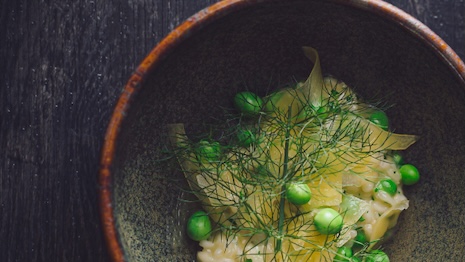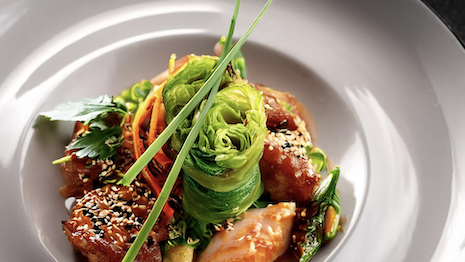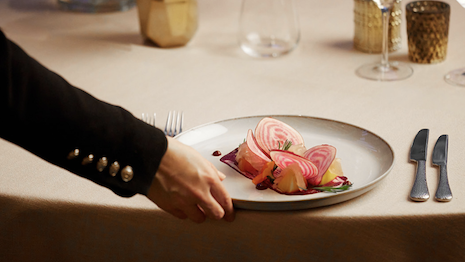 Wellness and French cuisine are guiding industry action. Image credit: Marriott International
Wellness and French cuisine are guiding industry action. Image credit: Marriott International
According to the latest findings of hospitality group Marriott International, Asia Pacific is the leading global trendsetter in the food and beverage industry.
In “The Future of Food 2025” report, the company’s Luxury Group breaks down the key areas of focus for restaurants and bars around the world. APAC is at the forefront of the conversation, as the epicenter of culinary tourism, taking up 37.8 percent of the global market, with the region set to grow to a valuation of $6.2 trillion in the next nine years.
“The Future of Food 2025 report highlights Asia Pacific's pivotal role in shaping global culinary landscapes," said Oriol Montal, managing director of luxury for Asia Pacific excluding China at Marriott International, in a statement.
"With gastronomy having a significant influence on travel decisions, dining has become an essential component of the global tourism landscape,” Mr. Montal said. “This report demonstrates our commitment to culinary excellence across all our Luxury Group brands.
“We will continue to evolve our gastronomy landscape alongside the F&B industry, providing our guests with dining experiences that highlight the region's rich heritage, flavors, and techniques."
For the report, The Luxury Group drew upon insights gathered from comprehensive interviews with more than 30 of the top chefs, mixologists and “industry insiders” within the APAC culinary scene.
Eastern inspirations
The Luxury Group states that chefs, mixologists and other industry talents from Asia are spreading their culinary cultural touchstones across the globe.
 APAC is on the path to becoming a “culinary export powerhouse.” Image credit: Marriott International
APAC is on the path to becoming a “culinary export powerhouse.” Image credit: Marriott International
As cooks travel to new regions, either for work or training, they bring their gastronomic inspirations with them. Following pandemic-era travel shutdowns, the culinary diaspora is returning to normal, with the varied foods and techniques of the APAC region impacting the art of cooking on a massive scale.
Notably, Japanese cuisine is influencing high-end food in France, while Indian and Korean flavors continue to gather favor with global audiences.
The niche, hyper-local food cultures of cities such as Bali, Busan, Mumbai, Shanghai and Tasmania are also gaining favor as global fine-dining destinations. High-end establishments have also been shifting their business models to accommodate the demand for experiential luxury, with many raising prices, introducing membership plans and cutting menus down in size to prioritize quality over quantity.
Rest and renewal
Following trends in the travel space (see story), wellness is also dominating gastronomic conversations.
Consumers and chefs alike are beginning to view food as a form of medicine, with nutrition, transparent ingredient sourcing and anti-aging foods becoming the norm in the fine dining world. With a greater focus on personal health, non-alcoholic options continue to grow in relevance as well, backing up previous industry findings (see story).
 Multi-sensory, sustainable culinary experiences are currently in-demand within the luxury dining landscape. Image credit: Marriott International
Multi-sensory, sustainable culinary experiences are currently in-demand within the luxury dining landscape. Image credit: Marriott International
Sustainability is similarly top-of-mind, with new measures to reduce waste, as well as address food insecurity – such as regenerative farming – becoming more commonplace in high-end establishments.
In line with larger global trends, Asia Pacific’s “nose-to-tail” food preparation heritage is also expanding worldwide amid rising ecological and environmental anxieties.